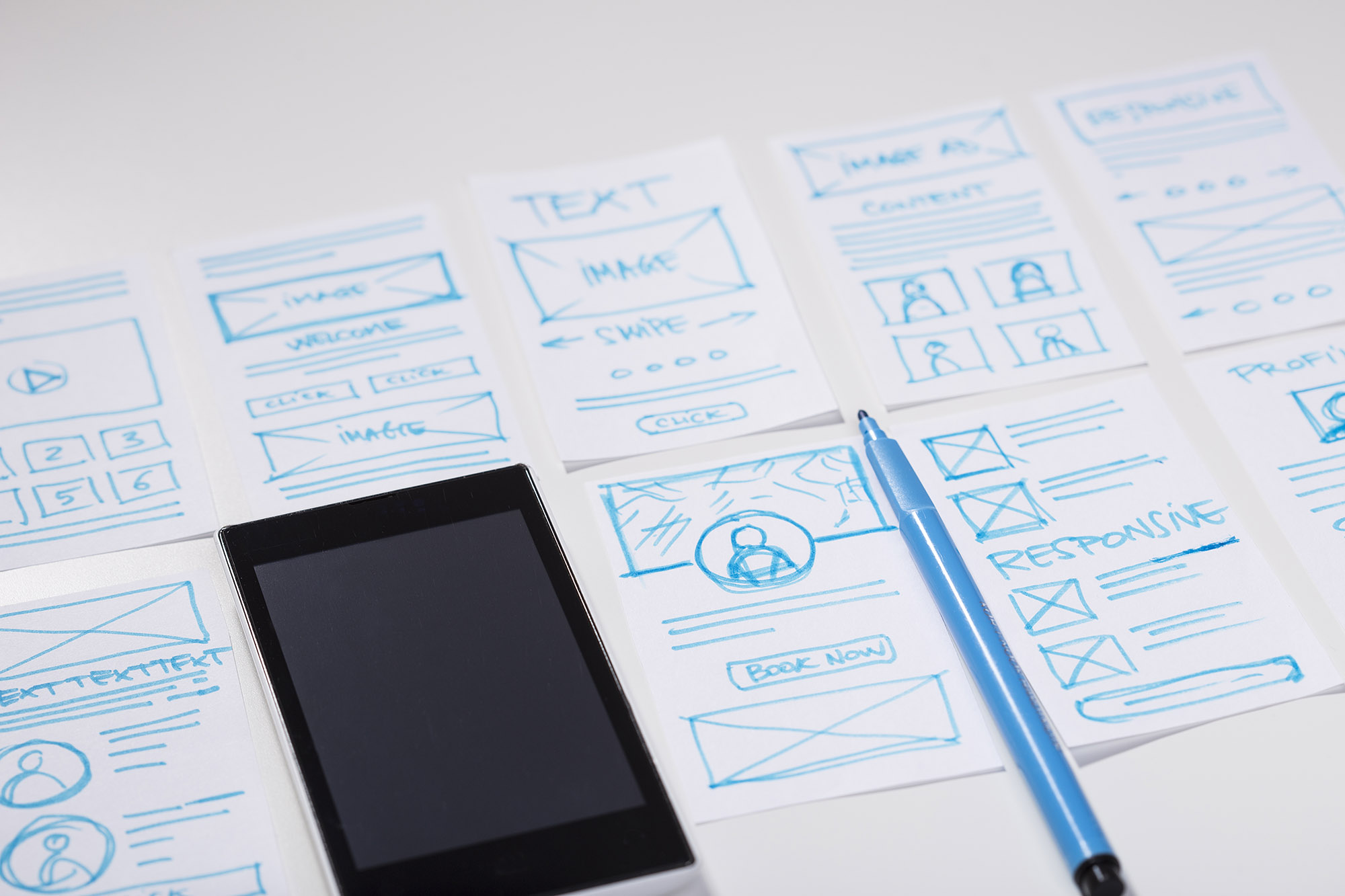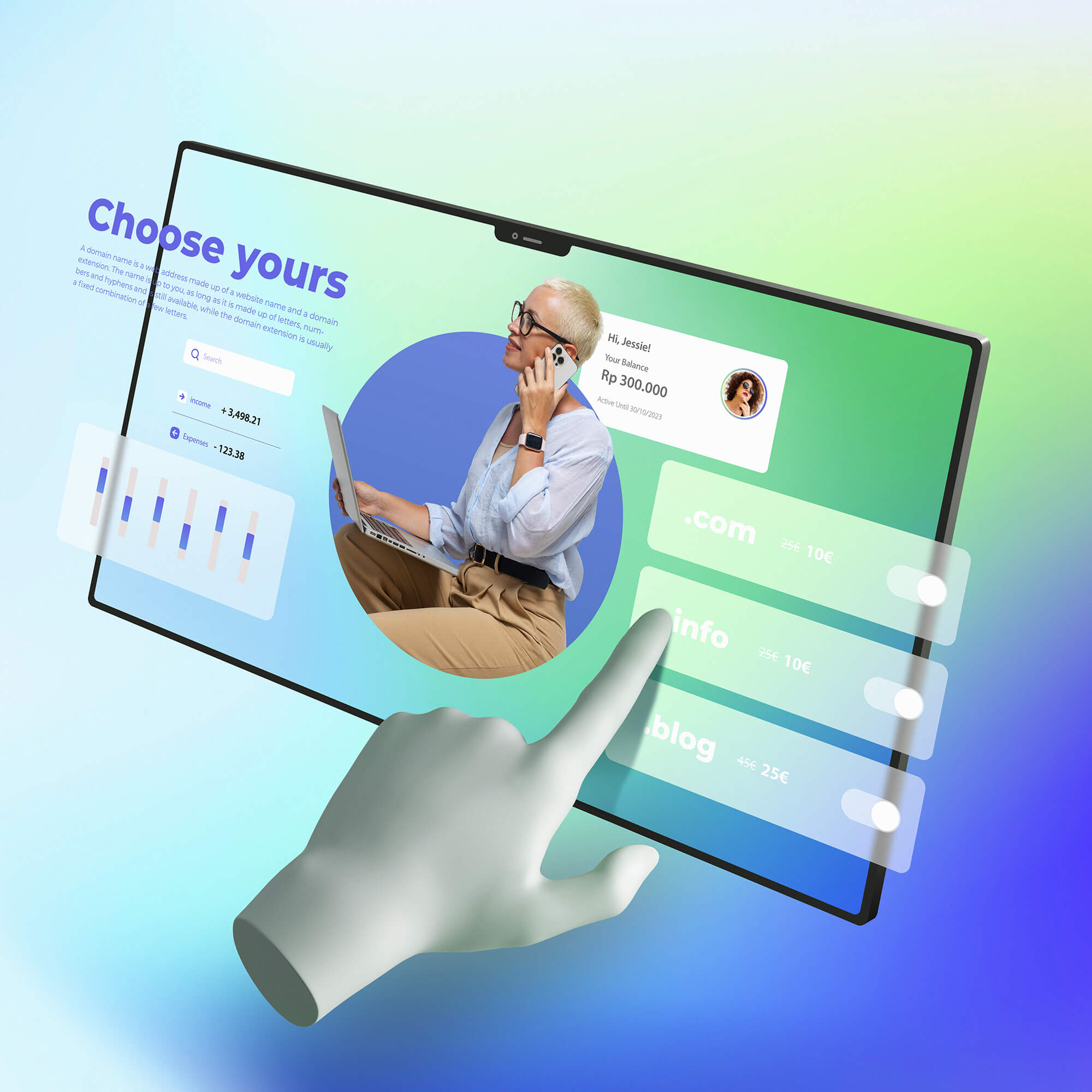
1. Start with Clear Objectives
Before diving in, define what you want to achieve with your usability test. Whether it’s improving the checkout process, enhancing navigation, or assessing overall user satisfaction, clear objectives guide the process.
2. Choose the Right Testing Methods
Remote vs. In-Person: Remote testing can be done with users from around the world, providing a broader range of feedback. In-person allows for more detailed observations.
Moderated vs. Unmoderated: In moderated tests, a facilitator guides the session, while unmoderated tests let users complete tasks at their own pace.
3. Utilize Mobile Testing Tools
Lookback.io: Capture real-time user interactions and reactions.
Usertesting.com: Access a broad pool of participants for feedback on your mobile app or website.
Appsee: Gain insights through heatmaps and user session recordings.
4. Create Realistic Scenarios
Rather than instructing a user simply to “sign up”, frame it as “Imagine you’ve found a product you love and want to sign up to receive updates”. Real-world scenarios yield genuine reactions.
5. Embrace Device Diversity
Test across various devices, operating systems, and screen sizes. Services like BrowserStack and Sauce Labs allow you to emulate a wide range of devices.
6. Analyze Touch Interactions
Touch gestures are fundamental to mobile experiences. Tools like Hotjar provide heatmaps to show where users tap, swipe, and pinch.
7. Focus on Load Times
Performance is a usability factor. Tools like Google’s PageSpeed Insights can offer insights into your mobile site’s speed.
8. Prioritize Accessibility
Ensure your mobile interface is usable for everyone, including those with disabilities. Tools like aXe or WAVE can assist in identifying accessibility issues.
9. Gather Qualitative Feedback
Beyond task success rates and times, gather qualitative feedback. Understand users’ emotions, frustrations, and delights for a holistic view.
10. Iterate and Retest
Usability testing isn’t a one-off activity. Implement changes based on feedback, then retest to ensure those changes resulted in the desired improvements.
In conclusion, mobile usability testing is a continuous journey of learning and improvement. With the right tools and tactics, you can ensure your mobile experiences not only look good but also feel right to your users, leading to higher satisfaction, engagement, and conversion rates. Always remember: test early, test often, and keep the user at the center of every decision.








